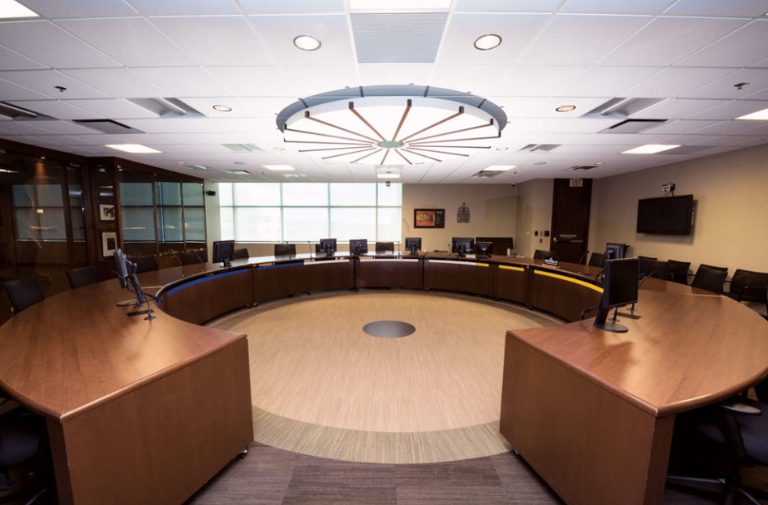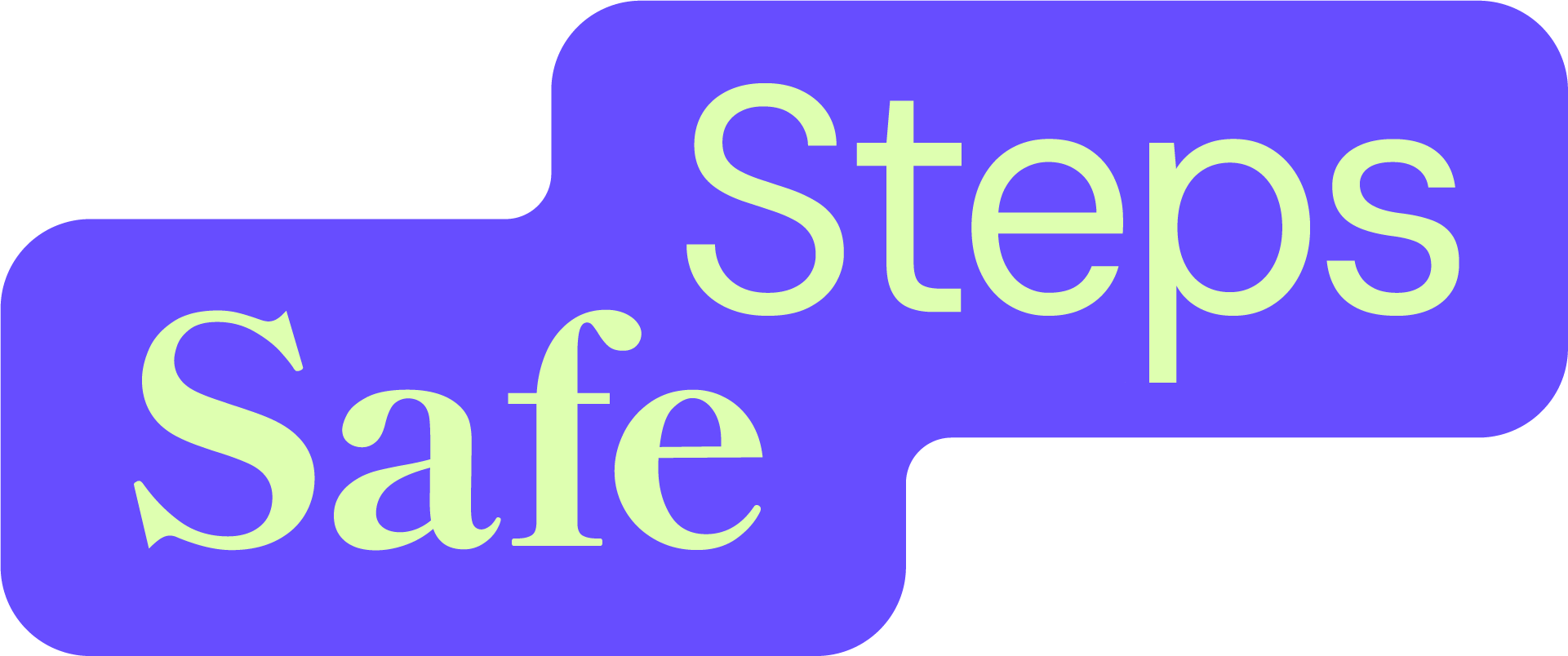As I entered Courtroom 1800 of the Calgary Courts Centre, I was immediately struck by the unique circular design modelled after a traditional teepee. Participants sit at the same level, fostering a sense of equality and collaboration in the judicial process.

The atmosphere felt distinctly different from a conventional courtroom service. An eagle feather was available for witnesses to take oaths, and special ventilation allowed for smudging ceremonies. These elements paid respect to Indigenous cultures and traditions.
The court utilises a restorative justice approach focused on peacemaking and reconnecting offenders with their communities and heritage. Instead of punitive measures, the emphasis is on healing for the offender, victim and community harmed by the crime.
A designated team was present, including Indigenous judges, prosecutors, defence counsel, peacemakers, knowledge keepers and court workers from support agencies like the Elizabeth Fry Society and Native Counselling Services. Their collaboration was evident as they discussed customised healing plans for each offender appearing that day.
Witnessing the Calgary Indigenous Court in action highlighted its mission to address over-representation of Indigenous peoples in the justice system through culturally relevant practices rooted in reconciliation. By embracing Indigenous teachings on restoring relationships and accountability, this innovative court offers a path towards meaningful change.
I was privileged to be invited in to this space.
Stay tuned by signing up to my Churchill Fellowship tour newsletter.





